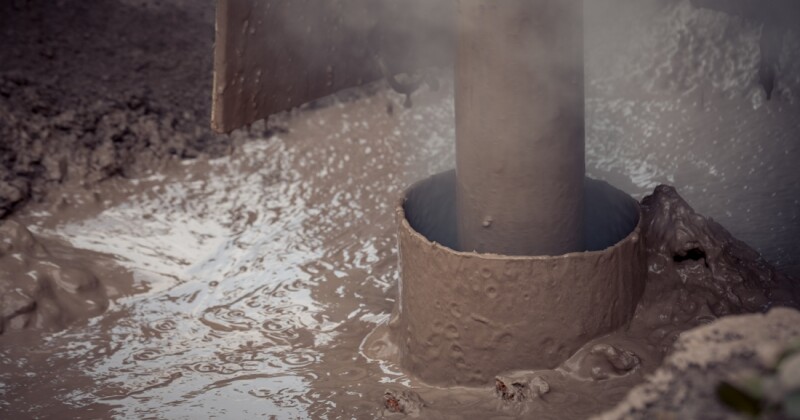Lost circulation during drilling operations in fractured formations is a significant and costly challenge in the oil and gas industry. Traditional methods for predicting mud loss often rely on time-consuming numerical or analytical techniques, which can be hindered by data scarcity and subjective interpretation. This work introduces a novel physics-based machine learning (ML) framework to model and predict mud loss behavior in fractured formations.
Leveraging semianalytical solutions, a robust training data set is developed that captures the dynamics of mud flow in fractures. The proposed ML model, based on an artificial neural network, efficiently predicts key mud loss parameters, including the introduced concepts of terminal mud loss volume, terminal mud loss time, and the effective hydraulic aperture of fractures.
The proposed workflow is based on the integration of physics-based governing equations with ML, enabling the model to handle nonlinearity and uncertainty inherent in subsurface conditions. The use of Latin hypercube sampling allows for systematic variation of critical parameters such as fluid yield stress, consistency factor, and fracture aperture, used to generate a comprehensive and evenly distributed training data set.
The model is validated using both synthetic and real field data, demonstrating its ability to accurately predict mud loss trends with minimal computational effort. Uncertainty quantification is captured by combining ML with Monte Carlo simulations.
The results highlight the model’s capability to predict mud loss behavior in real time, offering a significant advancement over traditional methods.
This work represents a robust application of a physics-based ML framework to lost circulation in fractured formations, providing a practical tool for optimizing drilling operations and mitigating fluid loss risks.
This abstract is taken from paper SPE 228398 by Rami Albattat, Sinopec Tech Middle East LLC.; Xupeng He, Saudi Aramco; and Hussein Hoteit, King Abdullah University of Science and Technology. The paper has been peer reviewed and is available as Open Access in SPE Journal on OnePetro.

